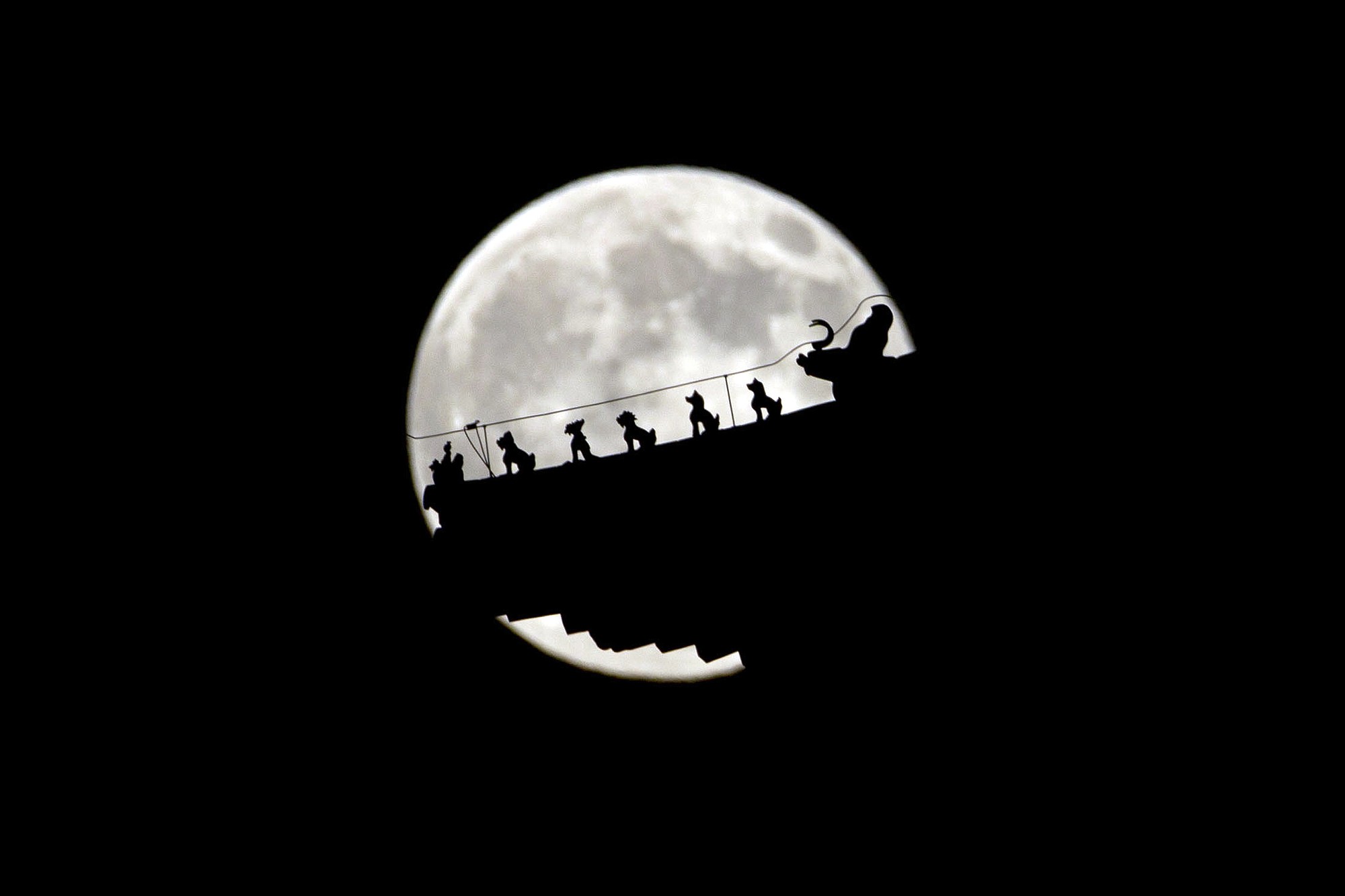The Perseid meteor shower will peak Tuesday night and Wednesday morning, although this year’s sky show will be competing with a bright moon.
And Sunday night, the lunar display will actually earn the title of “supermoon.”
Still, the year’s best meteor shower is already in progress, and fire-in-the-sky fans can try their luck over the next few nights.
The meteors appear to originate from the constellation Perseus, in the northeast sky, said Stan Seeberg, with Vancouver Sidewalk Astronomers.
“You don’t need to know where the radiant is,” Seeberg said. “As two or three meteors appear, mentally trace their paths backwards and you’ll see that they appear to come from one area. Don’t stare at any particular part of the sky but let your gaze wander.”
On a clear moonless night, an observer might see a meteor a minute, he said. However, this week’s sky also features a “supermoon.” That happens during a full moon, when its orbit brings it closest to Earth.
Sunday night’s full moon was calculated to be 14 percent closer and 30 percent brighter than other full moons of the year, according to NASA’s website.
The additional moonlight means you might see a dozen or so meteors an hour.
Meteors flare when dust from the comet Swift-Tuttle drifts across Earth’s orbit, hitting the atmosphere at 140,000 mph. It’s a large comet, with a nucleus 16 miles across. That’s more than twice the size of the object scientists think doomed the dinosaurs, NASA says.
The Oregon Museum of Science & Industry will hold a Tuesday star party on the Oregon side of the Columbia Gorge. It begins around 9 p.m. at Rooster Rock State Park, Exit 25, Interstate 84, Corbett, Ore. Admission is free; parking is $5.
Telescopes will be available, and there will be informal talks about the meteors and constellations.



